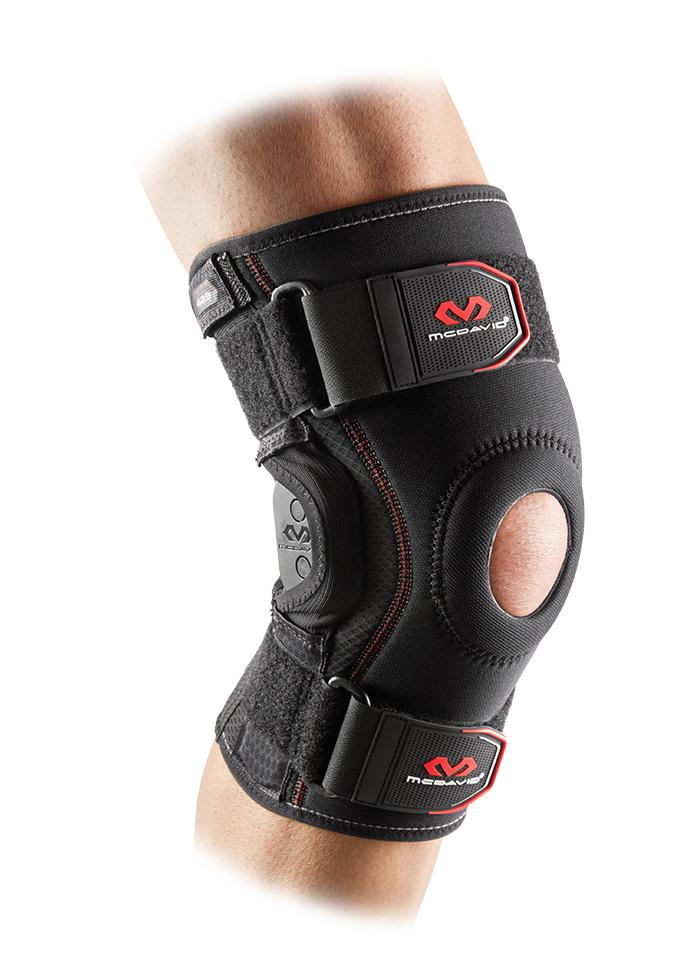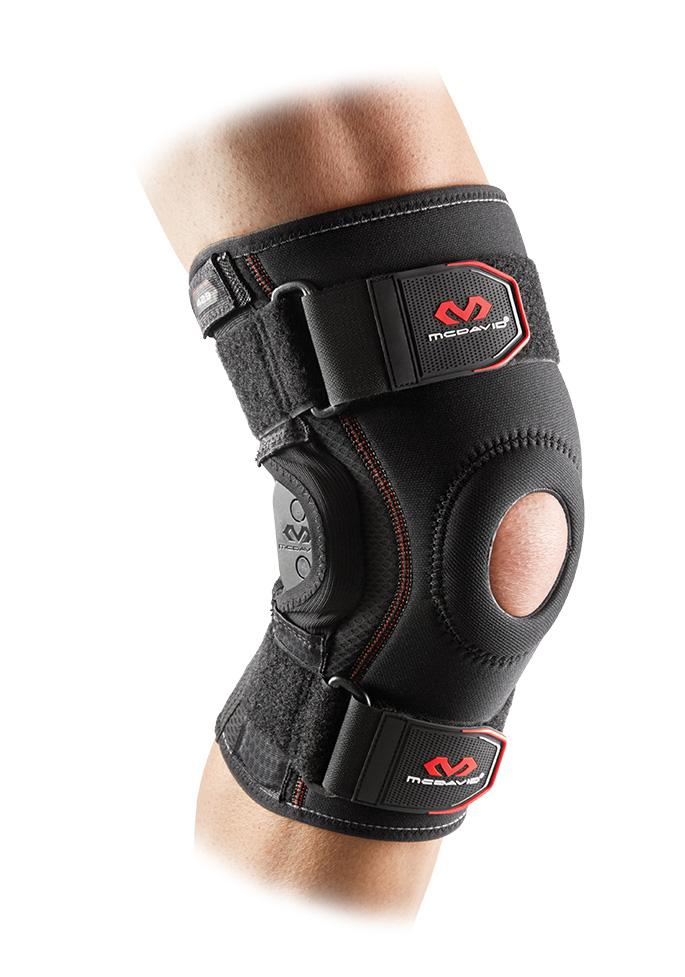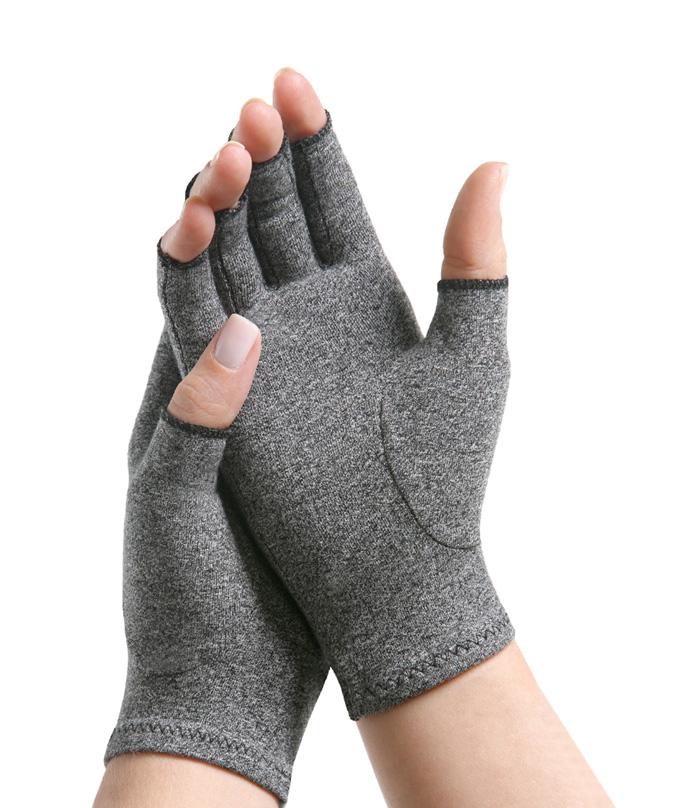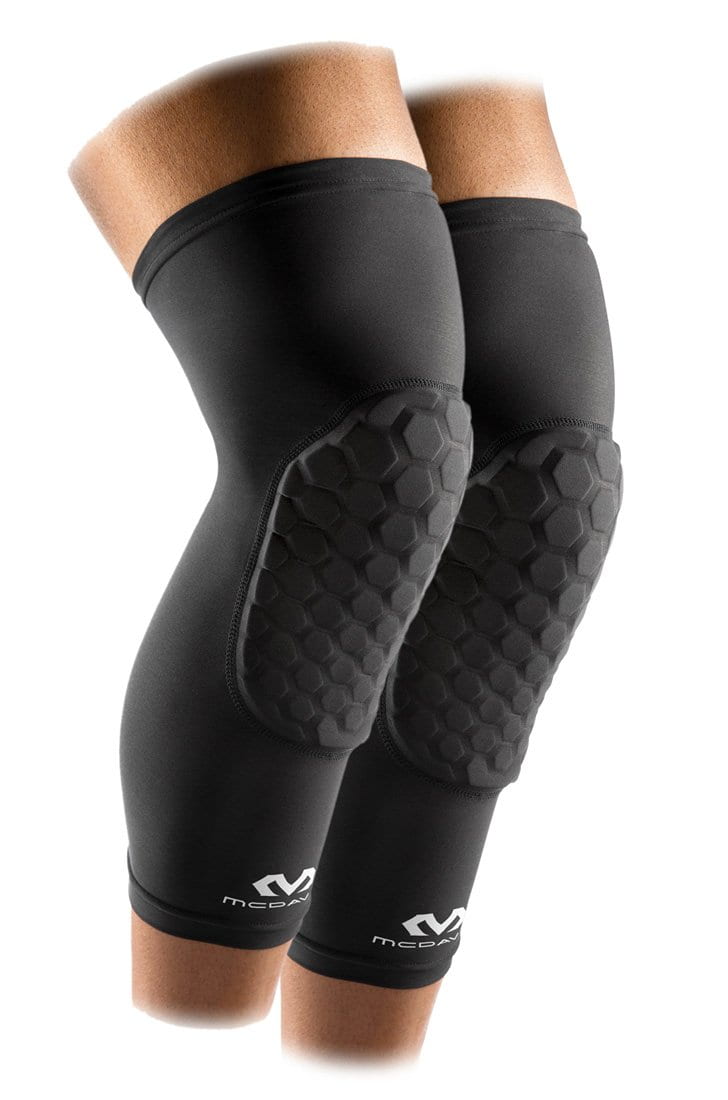What Is Shin Splints? Causes, Symptoms & Treatment Options
Shin Splints refer to several generalized pain in the shin that take place in the front of your lower leg, along the tibia or shin bone. The pain usually originates from the outer front area of the lower leg, called anterior shin splint or the back of the lower leg called posterior medial shin splint.
Table of Contents:
3. Diagnosis, Treatment, and Recovery From Shin Splints
- How Are Shin Splints Diagnosed?
- When Should You Seek Medical Attention?
- Phases of Treatment and Recovery from Shin Splints
4. What Can You Do To Help Prevent Shin Splints?
1. What are Shin Splints?
At some point or the other, you may have had Shin Splints or heard about it from someone you know. And if you know anything about Shin Splints is that it can cause a real damper on your running or gym routines, and even make running daily errands a real chore.
In simple terms, Shin Splints refer to an aching or throbbing pain in the front of your legs, i.e. along the shin bone known as the tibia. The pain concentrates on your shin (the area between your knee and ankle) hence the term “Shin Splints”. Your doctor or physiotherapist will commonly refer to it as Medial Tibial Stress Syndrome. (1)
The 2 Types of Shin Splints
There are two types that suggest where the pain originates from Anterior Shin Splints: The pain occurs at the front (or anterior) part of the shin which originates from the Tibialis Anterior muscle located on the outer front area of the lower leg. The Tibialis Anterior is the muscle responsible for lifting and lowering your foot. So if your shin pain intensifies when lifting your toes while keeping heels on the ground – you are most likely experiencing Anterior Shin Splints. Your doctor/physiotherapist will term this anterior tibial stress syndrome (ATSS)(2)


Posterior Shin Splints: The pain occurs on the inside rear (or medial/posterior) part of the shinbone and originates from the Tibialis Posterior muscle located at the back of the lower leg. The Tibialis Posterior muscle is responsible for lifting and controlling the inner (or medial) part of your foot arch while your foot bears the weight of your body. When your Tibialis Posterior muscle is weak or lacking endurance, it causes the foot arch to collapse which in turn results in unwanted stress on your shin bone. So if you feel pain along the inside rear of your shin bone – you are likely to suffer from either posterior shin splints or tibia stress fractures. Your doctor/physiotherapist will call both these conditions medial tibial stress syndrome (MTSS). (2)

2. Causes of Shin Splints:
Shin splints are caused by one of three ways: overstraining of your muscles where they attach to your shin, biomechanical/anatomical features specific to you, and inappropriate footwear. (2).
Types of causes:
We’ve broken it down for you so you can better understand the types of causes of Shin Splints:
Overtraining / Overloading:
- Increasing your training too quickly
- Errors in training and routine such as running too fast, too hard, or for long periods
- Running on hard or angled surfaces
- Insufficient recovery time between rest and activity
This can occur because of overloading on the soft tissues of your leg through repetitive trauma from high-impact activities like running or playing sports that involve sudden starts and stops like soccer, football, tennis, or basketball.
Biomechanical/Anatomical:
- Overpronation of your feet
- Over supination of your feet
- Decreased flexibility or stability of your ankle joint
- Poor hip-knee-leg muscle control
- Poor muscular control of the buttocks when you land on your leg
- Poor core stability
- Tight calf muscles
- Tight hamstrings
- Weak quadriceps
- Weak foot arch muscles
Any of these features can occur in your body due to a previous injury or just naturally from your existing posture. In this case, a Physiotherapist or Biokineticist will be able to help you relieve pain and give you proper advice on how to best manage your condition.
Footwear:
- Inappropriate footwear i.e. shoes that are not made for your chosen activity
- Footwear that is old and worn out
- Footwear that is poor in design and does not sufficiently support your foot
If you suspect that your footwear may be causing your Shin Splints, then you should seek advice from an Orthotist to advise you on a specific type of footwear or insole. Other options include checking out your local Pharmacy that will most likely sell basic support structures for shoes, or a Sporting shoe store that will be able to better suggest a shoe suitable for your chosen sport/activity.
Signs and Symptoms Of Shin Splints
Common signs and symptoms of shin splints include:
- Mild swelling of the lower leg
- Pain, soreness, or tenderness along the inner region of the lower leg, or outer region depending on the type
- Shin pain and discomfort during or after your activity
- Shin pain all the time in severe cases
3. Diagnosis, Treatment, and Recovery From Shin Splints
How Are Shin Splints Diagnosed?
Shin splints are most commonly diagnosed by your Physiotherapist who will physically examine you and ask you about your exercise or training activities.
In more of the severe cases of Shin Splints, an X-ray or other imaging studies such as bone scans or MRI may be needed to determine the presence of a stress fracture (2). If you do have a stress fracture, your Physiotherapist will refer you to an Orthopaedic Surgeon

When Should You Seek Medical Attention?
If the case is mild to moderate, the pain may disappear once you stop the activity for a few days and manage your condition with sufficient rest periods, icing the affected area, and maybe a light massage to relieve some of the pressure. Here you can resume activity at a modified, pain-free level and slowly get back to your previous level of training, preferably with some professional guidance from your physiotherapist.
However, if the pain gets progressively worse during the activity, the activity must stop immediately. Professional guidance is necessary here to ensure that the condition has not deteriorated into bone stress fractures. Your physiotherapist will help you with this.
If the pain is severe and there all the time, all activities must immediately stop. This most likely means you have sustained a stress fracture or more significant tibia fracture. Your Orthopaedic surgeon will decide if you need to be non-weight bearing on crutches or mobilizing in an air cast (2).
Seek immediate help if:
- Severe pain in the shin follows an accident or fall
- Pain in the shin persists even while resting
- The affected shin is hot and inflamed
- Symptoms such as swelling begin to worsen
Phases of Treatment and Recovery from Shin Splints (2)
Phase 1 – Early Injury Protection: Pain Reduction & Anti-inflammatory Phase
In the early phase, you may be unable to walk or run without pain, so your shin muscles and bones need some active rest from weight-bearing loads. In most cases, self-care measures should do the trick, or if you prefer, your physiotherapist can advise you on what they feel is best for you.
- Rest: Avoid activities that may cause symptoms such as pain, discomfort, and swelling but do not stop all activity completely. While you let the Shin Splint heal, make sure you perform low-impact activities such as cycling or swimming and return to your activities of daily living as best you can.
- Ice: is a simple and effective modality to reduce your pain and swelling. Apply ice packs to the affected area for about 15 to 20 minutes, every 4 hours or when you feel the area is swollen and hot to the touch.
- Compress and Elevate: To control swelling you can elevate the shin above heart level while you rest or whenever possible. Compressing the shin with an elastic bandage or calf compression sleeve (the Neo G Calf/Shin Sleeve or the Shock Doctor Shin/Calf Sleeve are both excellent choices) may also help. Be sure to loosen the wrap if the area becomes numb or if you begin to swell below the wrap.
- Anti-inflammatory medication: If tolerated and natural substances, e.g. arnica may help reduce your pain and swelling. Simple over-the-counter ones will do - consult your local pharmacy for help.
- Taping: Kinesiology tape is a good product to help support the injured soft tissue and provide some stress reduction for your shin bone. This can be done by your physiotherapist or you can make a purchase from our selection of Tapes and do it yourself.
- Take a look at these videos below for an idea on Do-it-yourself taping for Shin Splints at home. These videos feature KT Tape.
Taping for Anterior Shin Splints
Taping for Posterior Shin Splints
Phase 2: Regain Full Range of Motion
If the above methods did not help you recover completely from your pain, you will need to consult your physiotherapist to help you through this phase.
Your physiotherapy sessions will most likely include massage and pain management modalities like ultrasound or TENS. More importantly, they will include muscle stretches and specific exercises to give that leg its full range of motion back.
Phase 3: Normalise Foot Biomechanics
Shin splints commonly occur from poor foot biomechanics, e.g. flat foot. To prevent a recurrence, you should have your foot thoroughly assessed by an Orthotist. In some instances, you may require a foot orthotic (shoe insert) or just a different type of footwear that will suit your body and the activity you want to do.
Phase 4: Restore Muscle Strength
Your calf, shin, quadriceps, gluteal, and other lower limb muscles may need strengthening to enable the safe resumption of sport or training. Here your physiotherapist or biokineticist is of utmost importance. Either one will be able to show you specific exercises to help strengthen your muscles and get you back to your best.
Phase 5: Modified Training Program & Return to Sport
Your physiotherapist will guide you with training schedules and exercises to address what your rehabilitation needs are specifically. These will depend on the type and demands of the sport you play, and your desired level of performance.
The ultimate goal is to get back to playing the sport you love and decrease the likelihood of a recurrence of Shin Splints.
The severity of your shin splints and how good you are with adhering to treatment will determine how long your injury takes to rehabilitate successfully.
4. What Can You Do To Help Prevent Shin Splints?
- Stretching the muscles of your lower leg on a daily basis, i.e. your calves, hamstrings and the muscle at the front of your shin known as the Tibialis Anterior. This should also be done before and after your gym/training sessions. (3)
Take a look at the video below to learn how you can do this at home:
- Avoid sudden increases in physical activity: Gradually increase the intensity of your workouts, training exercises, or specific activities like running or jumping so that you can slowly build your exercise tolerance properly. Try and mix up your training sessions so that each day you focus on a different thing, such as cardio - today, weight-lifting tomorrow, cycling the day after next. Also give your body sufficient time to rest. Your physiotherapist can give you some valuable tips regarding this so you can up your game in a safe way.
- Avoid running/exercising on hard surfaces: such as concrete or tarred roads, increases the amount of force that your bones and muscles have to absorb. This causes muscle fatigue and overuse, and ultimately, shin splints. Choose more “softer” surfaces like a football field, grass, dirt, sand, or synthetic tracks.
- Invest in good footwear: Although this is a no-brainer, a lot of people fail to buy the correct type of shoe or one made from high-qulaity materials that is suitable for their chosen sport/activity. Depending on the demands of your activity, you will need to replace these shoes often so its a good idea to buy a few pairs that you can wear on rotation.
- Ask your Physiotherapist: to assess the different movement and landing patterns that you use when playing your sport. This way, your physio will be able to give you advice on how to adjust or alter your posture, or do things differently that will prevent Shin Splints in the future.
- https://www.healthline.com/health/shin-splints
- https://physioworks.com.au/pain-injury/shin-pain/shin-splints/
- https://www.choosept.com/resources/detail/8-tips-to-prevent-shin-splints
You are allowed to re-use the images with the BodyHeal.com.au logo on your website or any online publication as long as the proper creditation is given to BodyHeal.com.au. You can link back to our homepage, https://www.bodyheal.com.au






Leave a comment